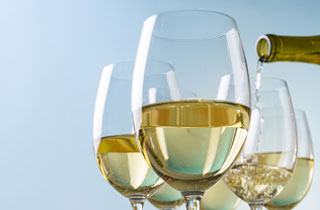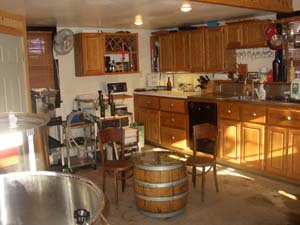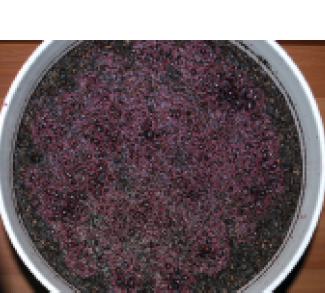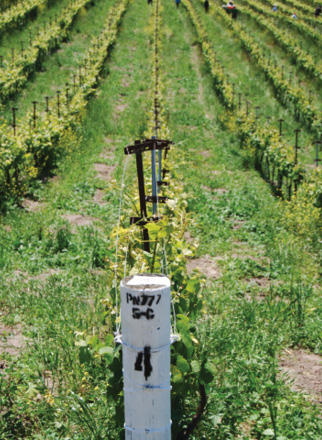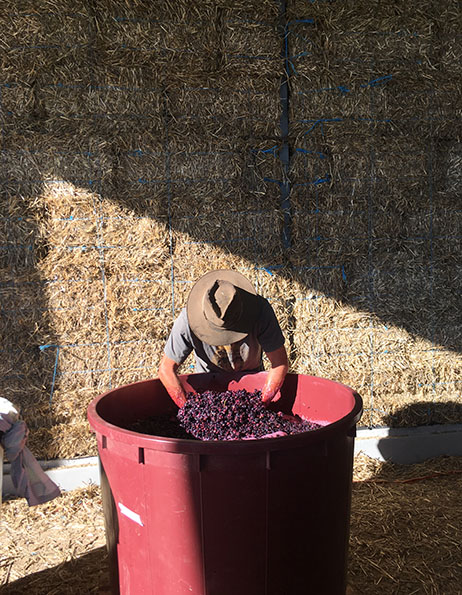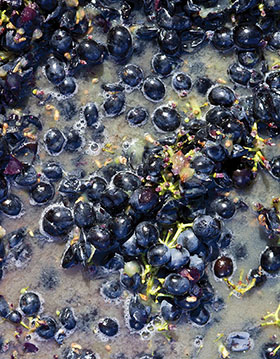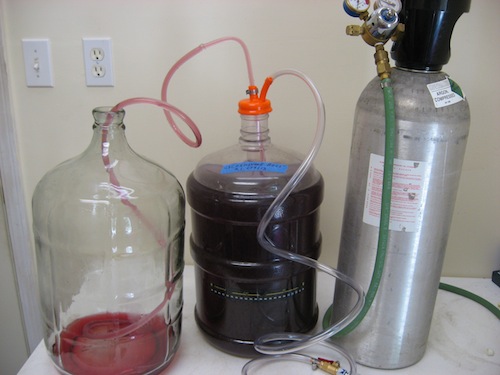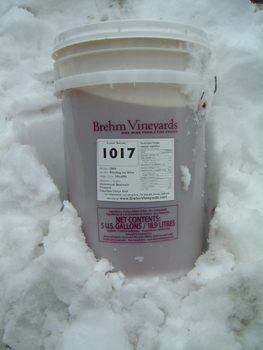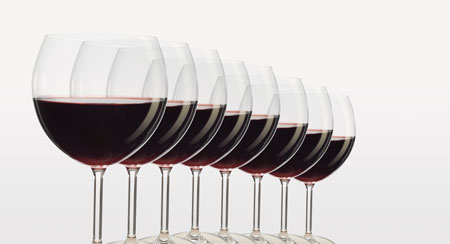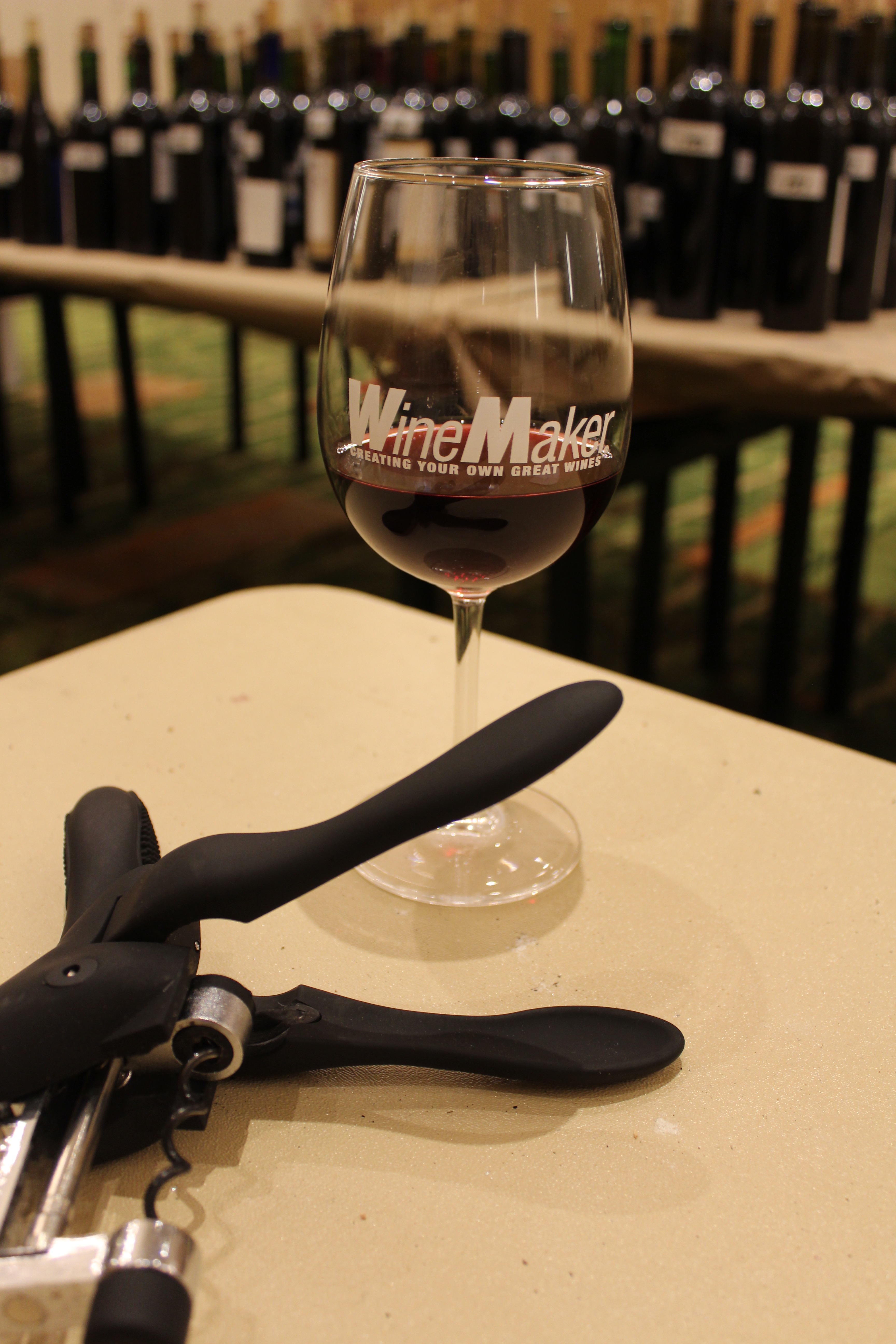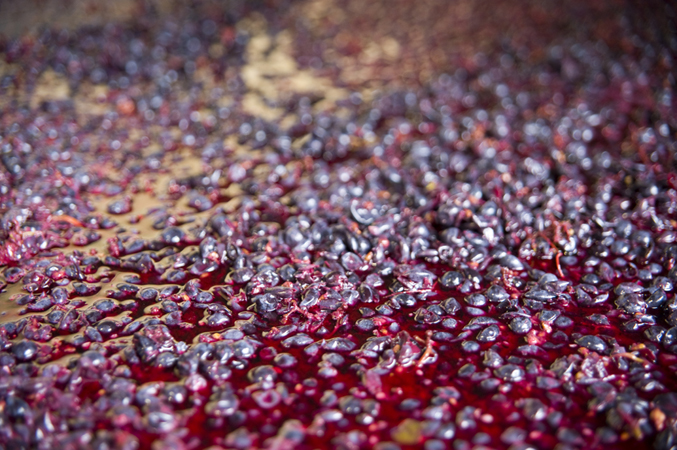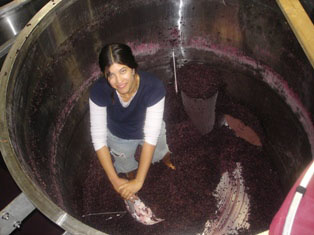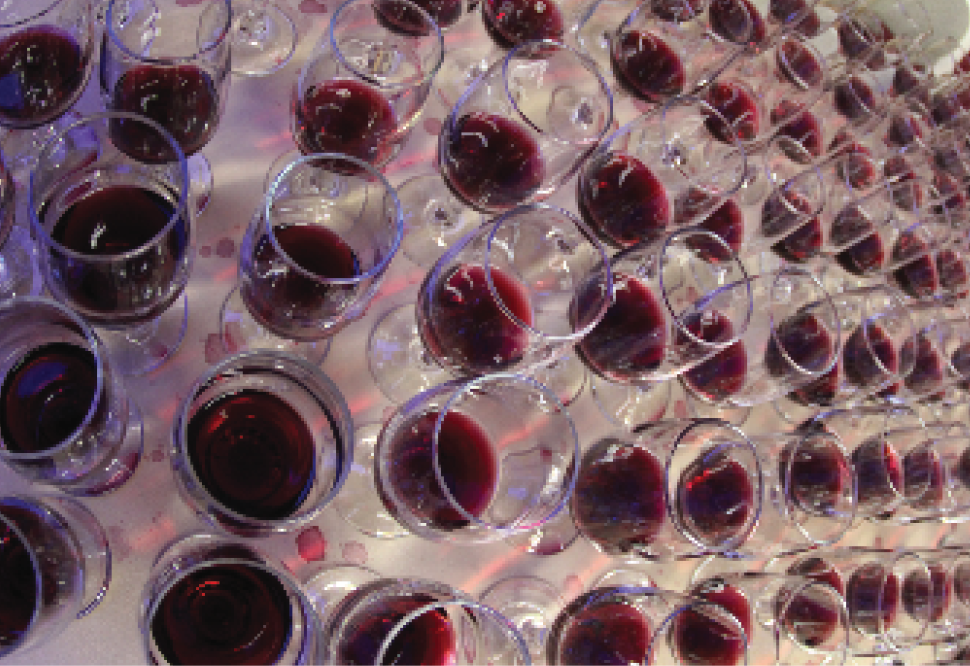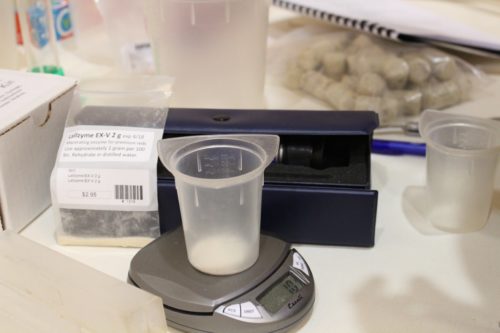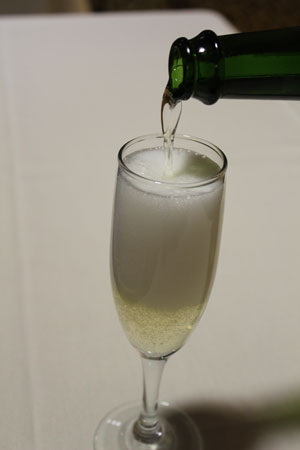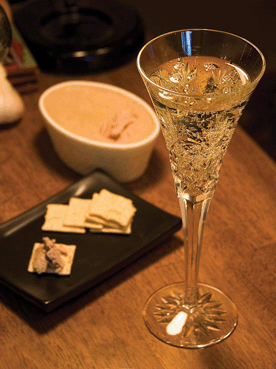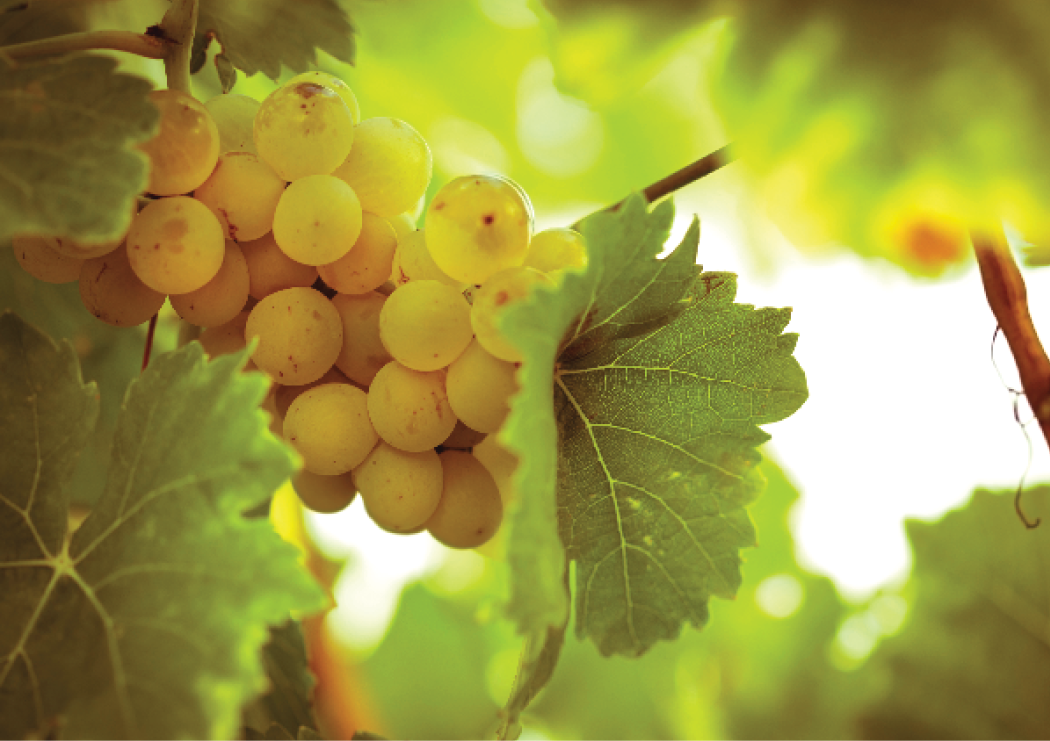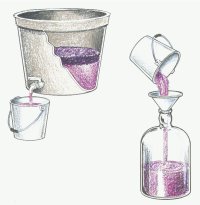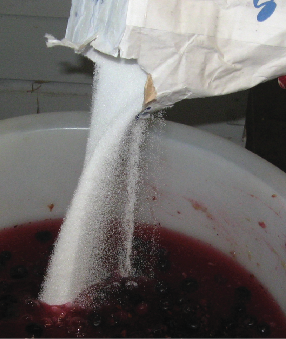Topic: Techniques
Degassing Wine Techniques
Sure, some wines are supposed to be carbonated, but most aren’t. To avoid unwanted bubbles in your table wines, you need to degas your wine. Learn how, and when, to do it so you never pour an unexpected bottle of fizzy wine again.
Home Winemaking Quality Control
When the editors at WineMaker suggested quality control (QC) for a story, I was delighted to take it on. I have a long personal and professional history with QC and it infuses
Winemaking Outside of Harvest
Lots of home winemakers concentrate their efforts in the harvest months using seasonally available just-picked wine grapes. But sometimes a home winemaker wants to do something else. Maybe you didn’t make enough wine in harvest season. Or maybe you just want an adult beverage that doesn’t line up with the local seasons. Whatever the motivation, there are several techniques for out-of-season wine.
Matching Wine Style to Vineyard Site
Evaluate the specific aspects of your vineyard site to determine the best wine style to grow on your property.
Carbonic Maceration
Carbonic maceration is a 19th-century technique (which was probably practiced in some amount, or in a hybrid style, much earlier) currently enjoying an en vogue resurgence in some parts of the US
Wines, Naturally
Many wine experts are skeptical about natural winemaking techniques. Here we define and explore organic, biodynamic, and natural winemaking so you can form your own opinion.
Wine Grape Cold Soaking Success
Cold soaking proponents believe that wines made utilizing a cold soak are more complex and fruit-forward, and exhibit improved color retention. By soaking their grapes at lowered temperatures for a period of time, they can extract anthocyanins (color), aromatics, supple tannins, improved mouthfeel, and flavor compounds more effectively than is thought to be possible with conventional methods.
Using Yeast Nutrients
One of the most important conditions for your yeast to thrive is an abundance of nutrients. If the must doesn’t provide enough naturally, it’s time to add yeast nutrients. Use these tips to know when it’s time to add nutrients, and what types your yeast need to complete a successful fermentation.
Using Inert Gases in Winemaking
Blanket, flush, sparge, transfer, dispense. To exclude air while doing any of these things to your wine, your best bet is the use of an inert gas. Learn some your options and tricks.
Winemaking From Frozen Must
Frozen musts provide the ability to make wine anytime regardless of harvest timing.
To Malo Or Not To Malo?
Many home winemakers are uncertain on whether or not to have their wines go through malolactic fermentation. This is not surprising since there is no “one size fits all” approach to the decision and using malolactic fermentation (MLF) depends on the type and style of wine that you are trying to make.
Award-Winning Red Winemakers Roundtable
Three amateur winemakers with shelves full of medals to their names for their homemade wines share advice for making great reds.
Tannin Myths and Methods
From modern wine chemistry labs to your home winery — what is known about tannins and how can winemakers control their impact on their wine? Research is debunking many widely-held beliefs about
Can I Reduce Tannins in a Wine Kit Without Aging?
It seems to me like your Carmenère is a candidate for one of the “Wine Wizard’s” cheapest, easiest and most favorite ways to improve a tannic wine; egg white fining! What could
Would you recommend using dry ice to control the temperature of must?
Dry ice can be a tremendous help for small-lot winemakers in the grape or must stage. Dry ice is really just frozen carbon dioxide gas and will cool the air (or liquid)
Cold Soaking: Tips from the Pros
Melissa Burr, Winemaker at Stoller Vineyards in Dayton, Oregon. Melissa was raised in the Willamette Valley and, after completing her BS degree, studied winemaking at Chemeketa Community College in Salem, Oregon, and
Testing Wine Barrels, Dry Ice: Wine Wizard
Wine barrel testing My barrels are American oak, repeatedly used for wine, and about five years old. When empty, I fill them with water containing a strong solution of potassium metabisulfite
Using Egg Whites To Fine White Wine
For readers who don’t know, adding a solution of egg whites to wine does a nice job of pulling out excess tannins and phenolics that might cause your wine to be overly
Cabernet Sauvignon – Syrah Wine Blends
Home winemakers often resort to a little blending to improve their wines — to add a little more body, tweak the acid balance or deepen the color, or just because it
Using Enzymes: Tips from the Pros
Ben Mayo, Winemaker at Eberle Winery in Paso Robles, California. Ben has worked with Eberle for nearly ten years. He first joined as a cellar worker, later graduating to Assistant Winemaker and
Force-Carbonating Wine to Sparkle: Counter pressure bottle method
Ah! There’s nothing like a nice bottle of chilled bubbly to sip as an aperitif while preparing dinner, or for those of you who already cannot wait for summer, to sip on
Méthode “Home-penoise”
In Champagne, the French make bubbly using the méthode Champenoise. In your home, use this method.
Riesling Lessons of the Mosel Masters
German wines, particularly great German Rieslings, are unlike any other wines in the world, with unmatched fruit intensity, striking minerality and remarkable aging potential. Once you’re hooked, you’re hooked, and soon the
Delestage Fermentation: Techniques
As an enophile, I enjoy almost every type and style of wine. However, my true love is — and always has been — big, bold, oak-aged reds, the type built for the
How Sweet It Is: Chaptalization
Chaptalization — the practice of adding sugar prior to fermentation — has numerous benefits to wines with low sugar content. Chief among those is increasing the potential alcohol of the resulting wine, which can impact mouthfeel, help protect against spoilage, and more.
